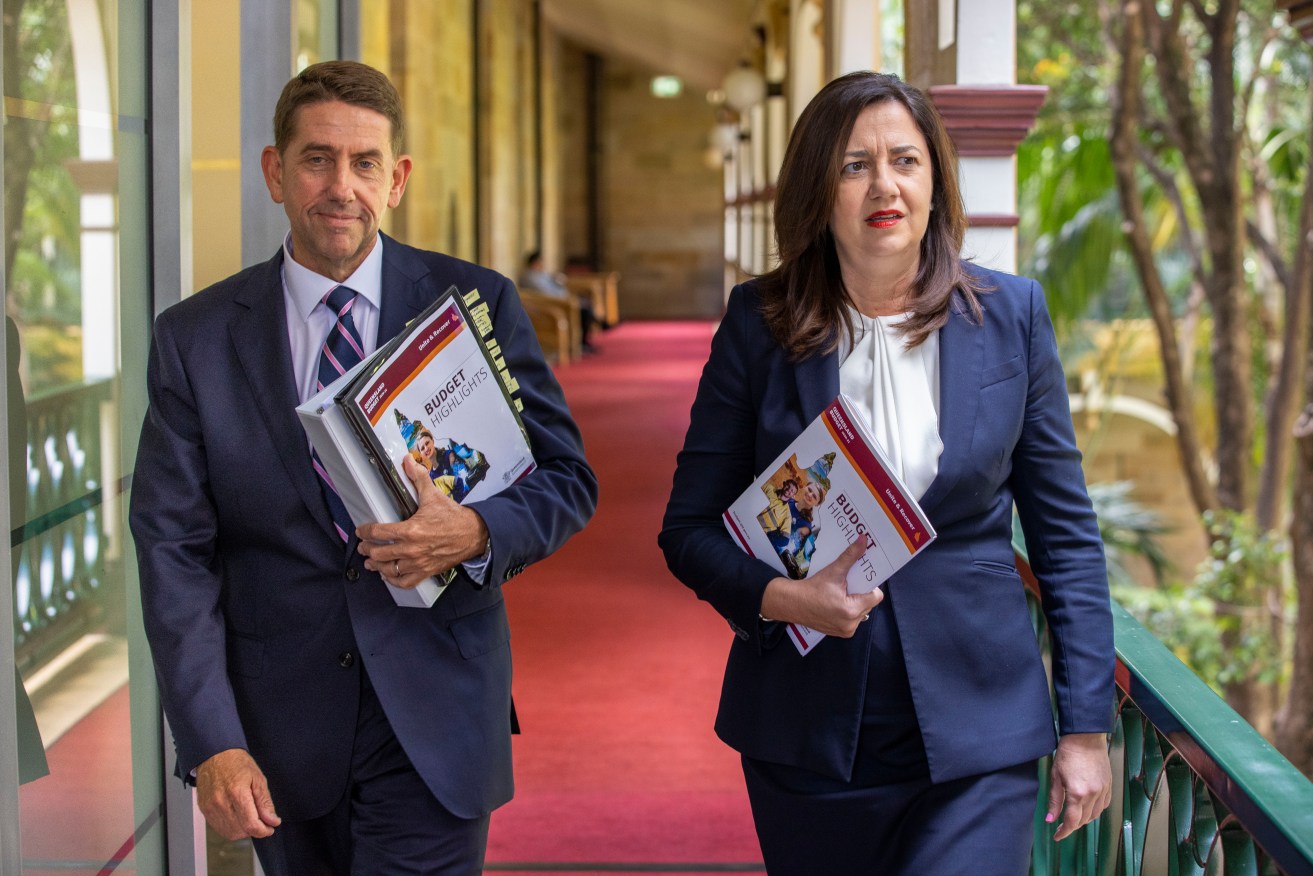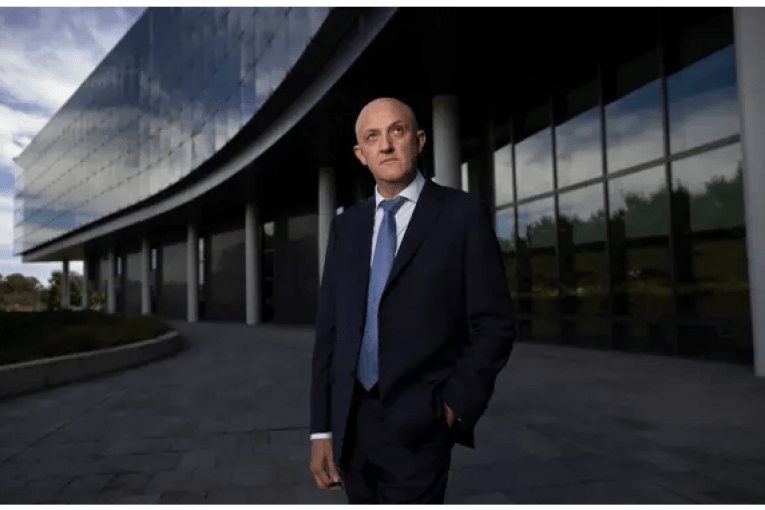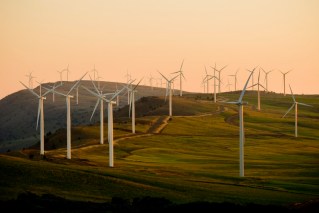Queensland’s $8 billion dilemma: Fix the debt or save public from spiralling costs
The flood of cash from coal royalties and stamp duty from the housing boom leaves a big question for the Palaszczuk Government – whether to fix the debt or deliver some relief on the spiralling cost of living? John McCarthy reports


The Premier and the Treasurer are making it almost impossible for landlords; to make ends meet. (AAP Image/Glenn Hunt)
As always, budgets are political documents and the balance will be between the pressures the Government faces versus the economic and social pressures when Treasurer Cameron Dick reveals the 2022/23 version.
The better-than-expected economic performance of the state was bolstered by the handling of the pandemic, and in December the Government forecast an $8 billion increase in revenue across the forward estimates driven in-part by the surge in coal royalties. It would have grown since then as coal prices ballooned, but these are notoriously conservative estimates, partly because Treasury doesn’t want to encourage politicians to spend money that may not be delivered.
Employment gains should also deliver better payroll tax while stamp duties should be lifted by the real estate boom, but debt has surpassed $100 billion.
Townsville-based economist Colin Dwyer cost of living issues were acute with increases in rents, energy prices and fuel hitting the public. He said there also needed to be attention to adding skilled workers and closing skill gaps and shortages.
He said the shortage of housing was limiting economic development and constraining the regions from meeting their potential. In Townsville earlier this week, there were just 166 properties for rent.
“Renters, who comprise around 36% of Queensland households (higher in Townsville and Cairns) are paying an extra $1500 a year on average for their homes,” he said.
Petrol costs would also increase later this year when the cut to the Federal Government’s fuel excise is phased out.
Retail energy prices are also expected to spike by 10 per cent within months as companies pass on the huge increases they have had to pay for coal and gas.
That will be politically sensitive to the State Government because of its significant role in the energy sector through the ownership of three generator companies and its claim that maintaining ownership allows it to control some of the costs to the public.
Politically, the Palaszczuk Government has been getting a hiding over public hospitals and ambulance ramping and health is a key platform for Labor.
Adept Economic’s economist Gene Tunny said minimising the growth in debt or in the best case reduce it because interest rates were increasing which would inevitably mean higher repayments down the track.
“Of course, the hospital system looks like it’s in near crisis, so they’ll need to spend some money addressing the ramping issue, too,” Tunny said.
“They should not be using any windfall (from coal or stamp duty) to lock in new spending. The best thing to do is save it or reduce debt because it’s not a permanent change in the state’s income.”
However, there is a drawback. The higher the revenue received by the state the greater the chance that the Commonwealth Grants Commission, which distributes GST revenue to the states, will reduce its allocation to Queensland as it did to the Bligh Government during the mining boom.
The Chamber of Commerce and Industry Queensland has maintained its push for a red tape reduction claiming 88 per cent of businesses were experiencing a moderate to major impact from government compliance, an increase on the 72 per cent response last year.
But there is also a growing push for smart infrastructure and sustainability.
CCIQ said businesses also ranked investment in economic infrastructure, investment in upskilling and retraining and investment incentives for sustainable practices among their highest priorities.
Infrastructure Association of Queensland is pointing to the development of innovation hubs which chief executive Priscilla Radice said could be a game changer in solving issues in health, housing, education and corrective services while also supporting a new manufacturing industry.
It wants to see investment in opportunities to stimulate innovative construction techniques at scale which would deliver quality housing, schools and hospital beds sooner.
IAQ also wants to see transparent investment decision-making that prioritises projects which support long term economic growth and maximise the effectiveness of existing infrastructure within the wider infrastructure system.
Radice said the state also needed future-fit infrastructure that dealt with the increasing volatility in the environment, including water security and energy network security.












